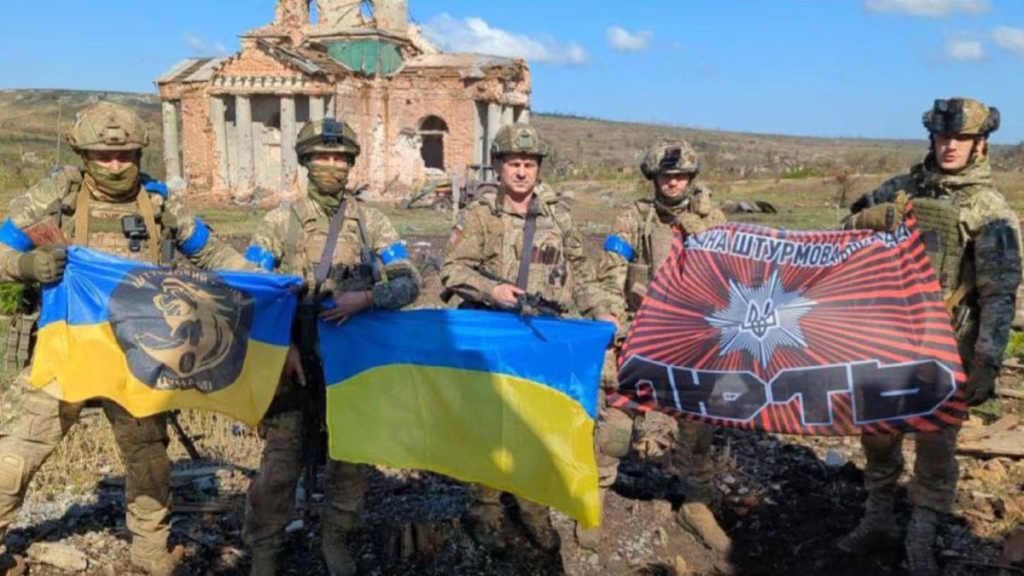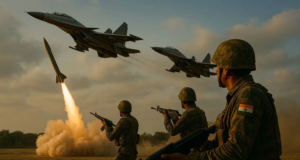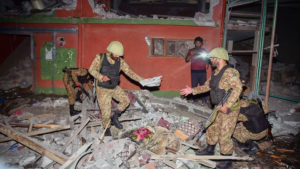Ukrainian Forces Ambushed Near Pokrovsk: A Case Study in the Evolving Nature of Warfare
The recent reports of Ukrainian forces being caught off guard near Pokrovsk by a Russian ambush underscore the evolving and unpredictable nature of the ongoing conflict in Ukraine. This incident provides valuable insights into the challenges faced by both sides and highlights the critical importance of adaptability, intelligence gathering, and maintaining situational awareness in modern warfare.

The Evolving Battlefield: A Dynamic and Unpredictable Landscape
The Ukrainian-Russian conflict has witnessed a constant evolution in tactics, technology, and the overall dynamics of the battlefield. The rapid advancements in military technology, such as the proliferation of drones, precision-guided munitions, and electronic warfare systems, have significantly altered the way conflicts are fought. This dynamic environment demands constant adaptation and a deep understanding of emerging threats.
Intelligence Failures and the Importance of Situational Awareness
The ambush near Pokrovsk likely resulted from a combination of factors, including potential intelligence failures and a lack of situational awareness. In modern warfare, intelligence gathering plays a crucial role in understanding enemy movements, identifying vulnerabilities, and planning operations. If Ukrainian intelligence failed to detect the impending Russian attack, it highlights the need for continuous improvement in intelligence gathering capabilities, including enhanced surveillance, reconnaissance, and signal intelligence.
Furthermore, maintaining situational awareness on the battlefield is paramount. The constant movement of troops, equipment, and supplies along the front lines creates inherent vulnerabilities. Effective communication, robust command and control systems, and the ability to rapidly assess and respond to changing circumstances are essential for maintaining situational awareness and minimizing the risk of surprise attacks.
The Impact of Advanced Weaponry
The increasing availability of advanced weaponry, such as drones and precision-guided munitions, has significantly altered the balance of power on the battlefield. These weapons can be used for reconnaissance, targeting, and even launching devastating attacks with minimal risk to the operator. In this particular instance, the use of drones or other surveillance assets may have allowed Russian forces to pinpoint Ukrainian positions and launch a surprise attack with devastating effect.
Lessons Learned and Future Implications
The ambush near Pokrovsk serves as a stark reminder of the human cost of war and the critical importance of continuous learning and adaptation. Both sides in the conflict will undoubtedly strive to learn from such incidents and adapt their strategies accordingly. This may involve:
- Investing in enhanced intelligence gathering capabilities: This includes improving surveillance, reconnaissance, and signal intelligence, as well as developing counter-intelligence measures to counter enemy efforts to gather intelligence.
- Strengthening command and control systems: Ensuring robust communication networks, effective coordination between units, and the ability to rapidly assess and respond to changing situations on the battlefield.
- Developing counter-drone and anti-air defense systems: To mitigate the threat posed by enemy drones and other aerial threats.
- Investing in training and education: Ensuring that military personnel are adequately trained in modern warfare tactics, including counter-insurgency, counter-terrorism, and the use of advanced weaponry.
The ambush near Pokrovsk underscores the evolving and unpredictable nature of the conflict in Ukraine. This incident serves as a valuable case study, highlighting the critical importance of intelligence gathering, situational awareness, and adaptability in modern warfare. By learning from such incidents and continuously adapting their strategies, both sides can strive to minimize casualties and achieve their objectives in this complex and challenging conflict.










